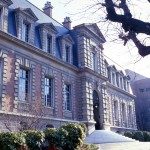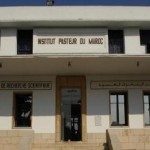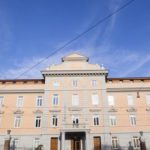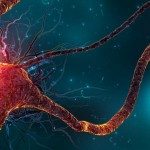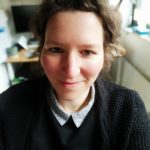About
The Usher syndrome (USH) is the main genetic disorder characterized by congenital hearing loss associated with progressive visual impairment. In the healthy person, each cochlear sensory cell from the inner ear presents hair bundles composed of very regular actin-filled stereocilia, which transform sound vibrations into nerve impulses transmitted to the brain. Links between adjacent stereocilia are essential for the development and functioning of stereocilia. In USH2 individuals, the hair bundles are completely disorganized and tangled, leading to sensory cell physiology dysfunction. The protein products of USH2 causative and modifier genes, Usherin, ADGRV1, Whirlin (WHRN) and associated PDZD7 protein, interact within a multiprotein complex at the basal link region of the hair bundle. The actin-binding proteins myosins Myo7A and 15A anchor this complex to the actin filaments of stereocilia. Defects in this complex cause the hair bundle disorganization and deafness-causing mutations have been identified in all the corresponding genes.
The pathophysiological knowledge and the precise role of USH proteins are incomplete and still need to be specified despite the study of animal models (mice) presenting a phenotype analogous to USH patients. Studies on the USH protein-protein interactions have provided insights on their role in the stereocilia.
We aim at understanding the mechanisms of interaction between Myo7A, Myo15A, WHRN and PDZD7 as well as the molecular impact of mutations in these proteins identified in the USH2 syndrome.

